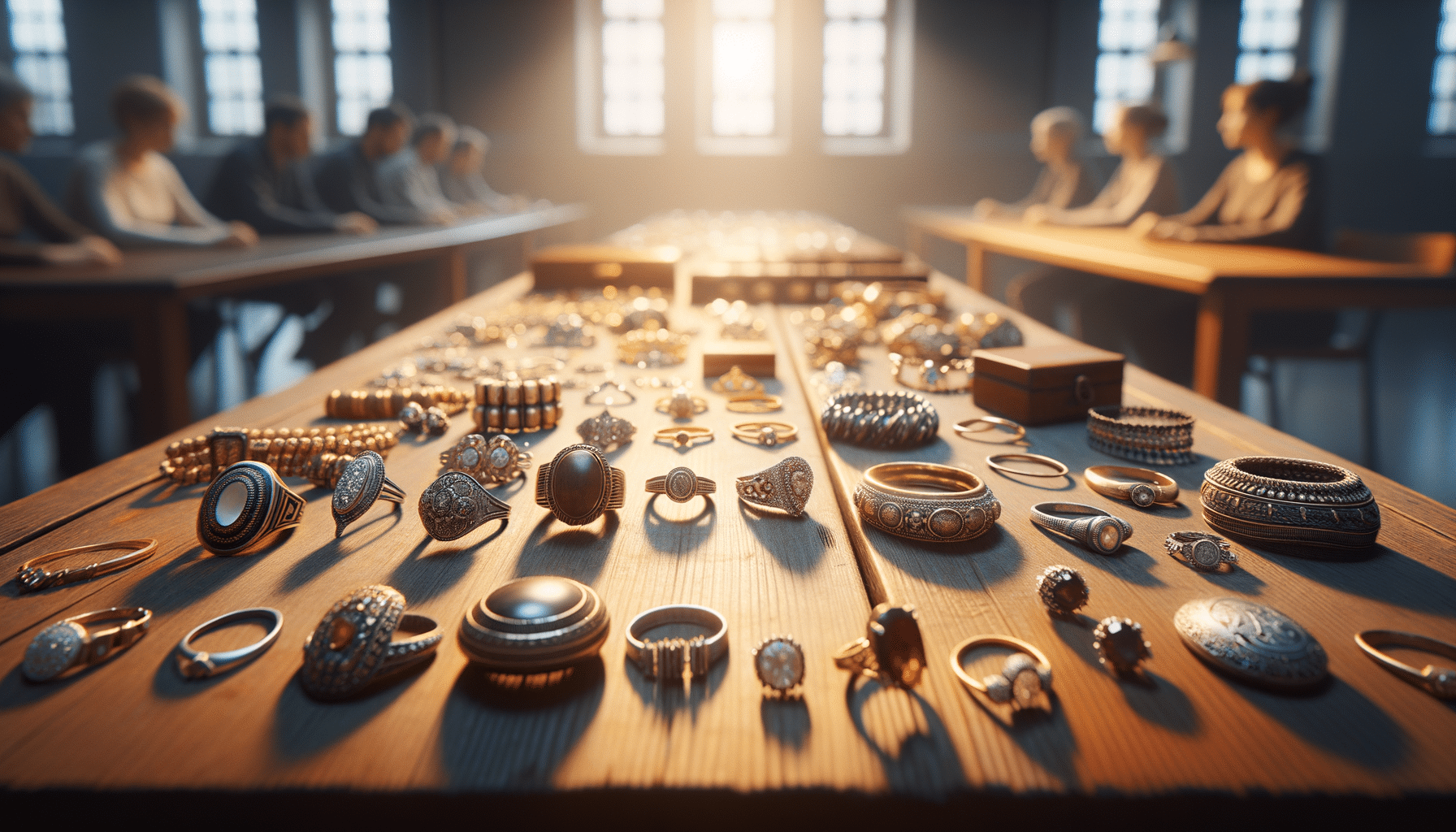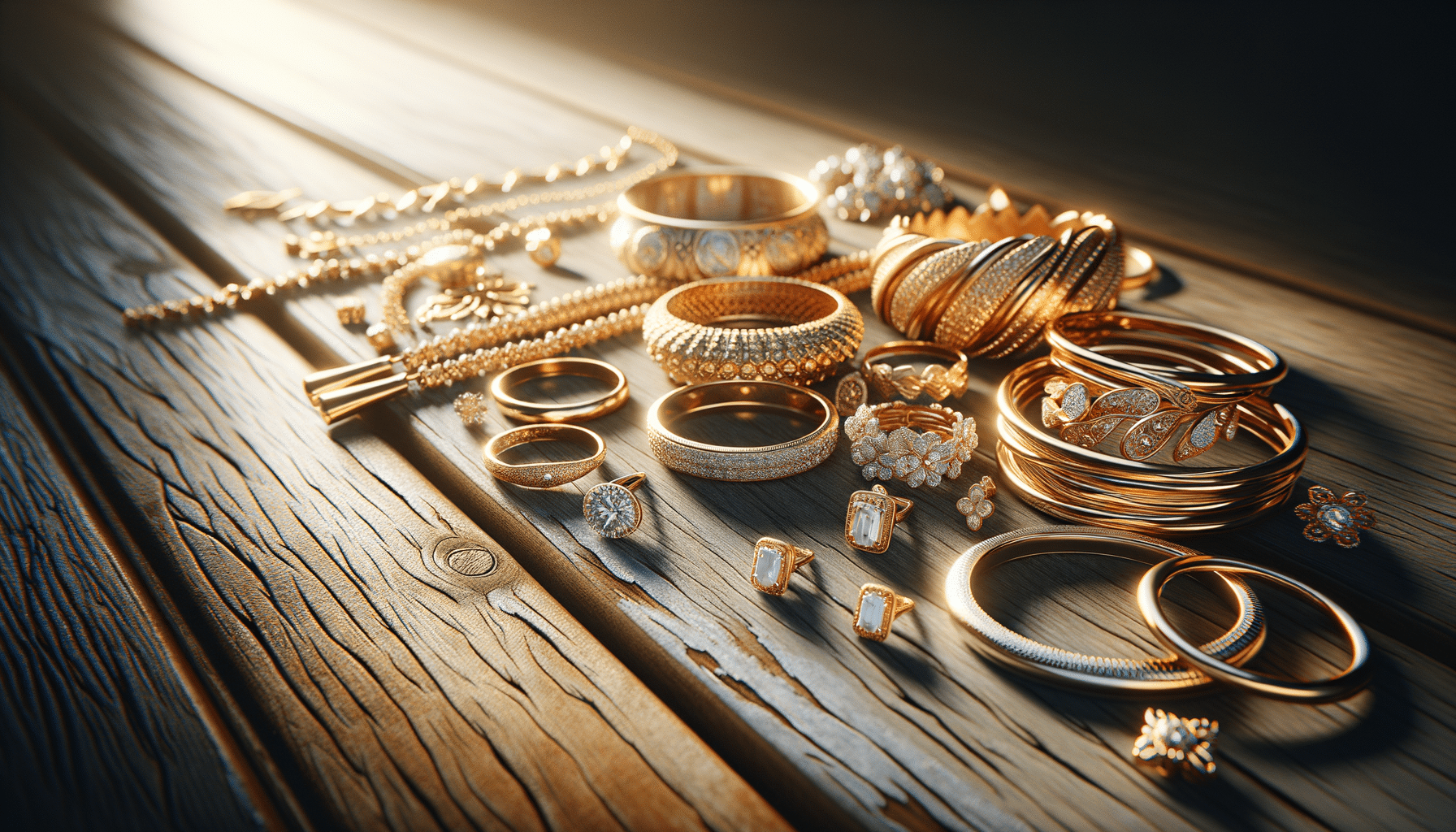
Understanding the Police Auction Jewelry Process
Introduction to Police Auction Jewelry
Police auctions offer a unique opportunity to purchase jewelry at potentially lower prices than traditional retail outlets. These auctions arise from items that have been seized, recovered, or are unclaimed, often after being involved in criminal investigations. Understanding how these auctions work can provide savvy shoppers with access to valuable and sometimes rare pieces of jewelry. In this article, we delve into the intricacies of the police auction jewelry process, exploring what buyers can expect and how to navigate this intriguing market.
How Police Auctions Work
Police auctions are organized events where law enforcement agencies sell off items that have been seized or remain unclaimed. These events can be held in person or online, and they offer a variety of items, including jewelry. The goal is to recover some of the costs associated with storing these items and to put them back into public circulation. Auctions may be conducted by the police department itself or through third-party auctioneers.
Items in police auctions often come from criminal cases, such as theft or fraud, where the original owners cannot be located or have forfeited their rights. In other instances, items may have been abandoned or surrendered voluntarily. It’s important for buyers to understand that while these pieces can be acquired at a fraction of their retail value, they are sold ‘as is,’ meaning there is no guarantee of quality or authenticity beyond the auctioneer’s description.
Preparing for a Police Auction
Preparation is key to making the most of a police auction. Prospective buyers should start by researching upcoming auctions, which are often advertised on police department websites or through local media. It’s also beneficial to attend a few auctions as an observer to get a feel for the process before participating.
Before attending, it is crucial to set a budget and stick to it. Auctions can become competitive, and it’s easy to get caught up in the excitement. Having a clear limit prevents overspending. Additionally, potential buyers should familiarize themselves with auction terminology and bidding strategies. Understanding common auction terms such as ‘reserve price’ and ‘hammer price’ will enhance the experience and aid in making informed decisions.
Evaluating Jewelry at Auctions
Evaluating jewelry at police auctions requires a keen eye and some knowledge of jewelry appraisal. Prospective buyers should inspect items closely for signs of quality and authenticity. This includes looking for hallmarks, checking stone settings, and assessing the overall condition of the piece. Bringing a magnifying glass or jeweler’s loupe can aid in this process.
It’s also advisable to conduct research on the types of jewelry typically available at police auctions. Understanding the market value of certain metals and stones can help bidders assess whether they are getting a good deal. While some auctions provide detailed descriptions and even appraisals, others may not, leaving much of the assessment to the buyer’s discretion.
Concluding Thoughts on Police Auction Jewelry
Police auctions present a fascinating opportunity for jewelry enthusiasts and bargain hunters alike. By understanding the process, preparing adequately, and knowing how to evaluate pieces, bidders can potentially acquire valuable items at significant discounts. However, it’s essential to approach these auctions with a cautious and informed mindset. While the allure of a great deal is enticing, buyers should always be mindful of the risks involved in purchasing items without traditional retail guarantees.
For those willing to invest the time and effort, police auctions can offer a rewarding experience, both in terms of the treasures found and the thrill of the hunt. As with any auction, knowledge and preparation are your best tools for success.


